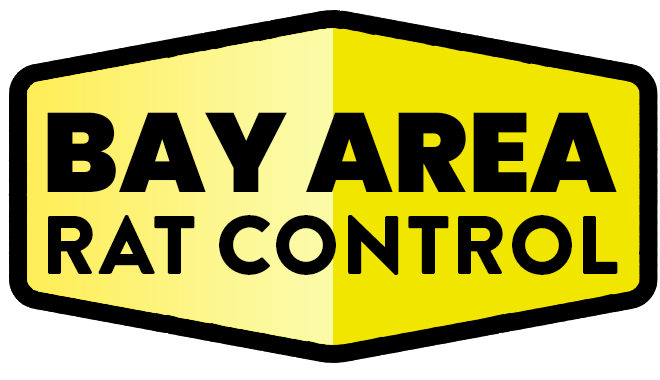Rats in a rental property can be a distressing experience for tenants, leading to health concerns, property damage, and disputes with landlords. Understanding your rights as a renter and knowing how to take action is crucial for maintaining a safe and habitable living environment. This guide outlines tenant rights, landlord responsibilities, and effective steps to handle rat infestations in rental properties.
Tenant Rights Regarding Rat Control
1. Right to a Habitable Living Environment
- Most states require landlords to maintain rental units in a habitable condition, which includes being free from pest infestations.
- Rats pose a serious health risk, and tenants have the right to request immediate pest control measures.
2. Landlord’s Legal Responsibility
- In most jurisdictions, landlords must address rat infestations if they occur due to structural issues or external entry points.
- Landlords are typically responsible for hiring professional pest control services.
- If the infestation is caused by tenant negligence, such as improper food storage or waste disposal, the tenant may be responsible for the cost of extermination.
3. When Tenants Can Withhold Rent
- Some states allow tenants to withhold rent or make necessary repairs if the landlord fails to address a rat problem.
- Tenants should document all communication with the landlord and provide written notice before taking legal action.
Steps Tenants Can Take
1. Document the Infestation
- Take photos and videos of rat activity, droppings, or property damage.
- Keep records of any landlord communication regarding the issue.
- Note dates and times of observed rodent activity.
2. Notify the Landlord in Writing
- Send an email or letter detailing the issue and request for prompt resolution.
- Include evidence such as photos or videos to support the claim.
- Keep a copy of all correspondence for legal reference.
3. Maintain a Clean Living Space
- Store food in airtight containers and remove trash regularly.
- Avoid leaving pet food out overnight.
- Seal small holes or gaps that could serve as entry points.
4. Contact Local Health Departments
- If the landlord refuses to take action, tenants can report the issue to local health or housing authorities.
- Health inspectors may require landlords to address the problem within a specific timeframe.
5. Seek Legal Assistance
- If the infestation persists and the landlord is unresponsive, tenants can consult legal aid services or tenant advocacy groups.
- Some states allow tenants to terminate leases early if the living conditions remain uninhabitable.
Final Thoughts
Understanding your rights and responsibilities as a renter is crucial when dealing with rat infestations. Prompt action, documentation, and proper communication with the landlord can help ensure the problem is resolved efficiently. If necessary, tenants can seek legal remedies to protect their right to a safe and habitable home.
Relevant Links/Sources:
HUD Tenant Rights and Responsibilities Local Health Departments – CDC
